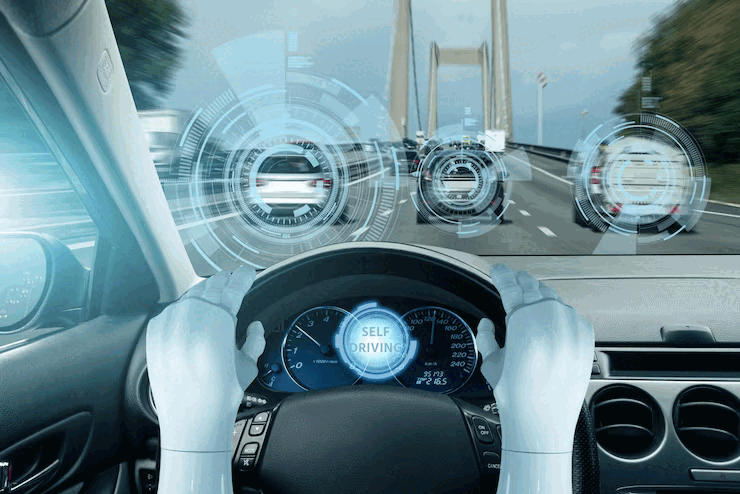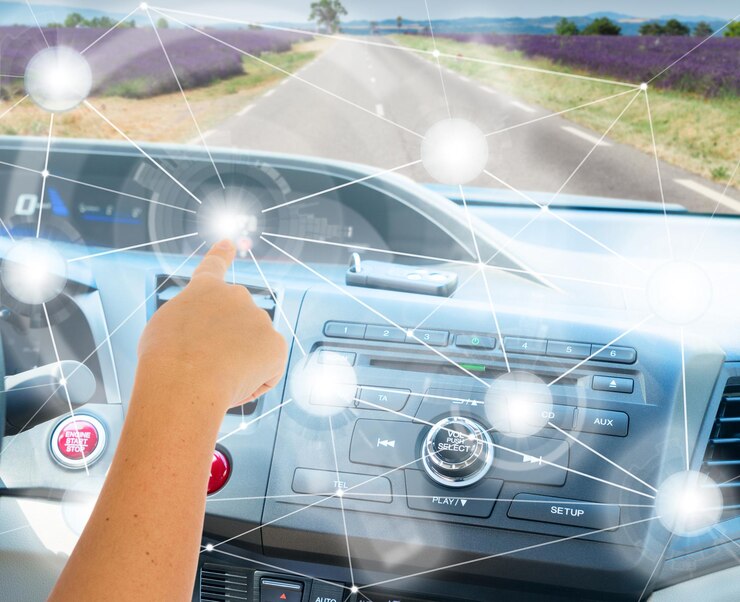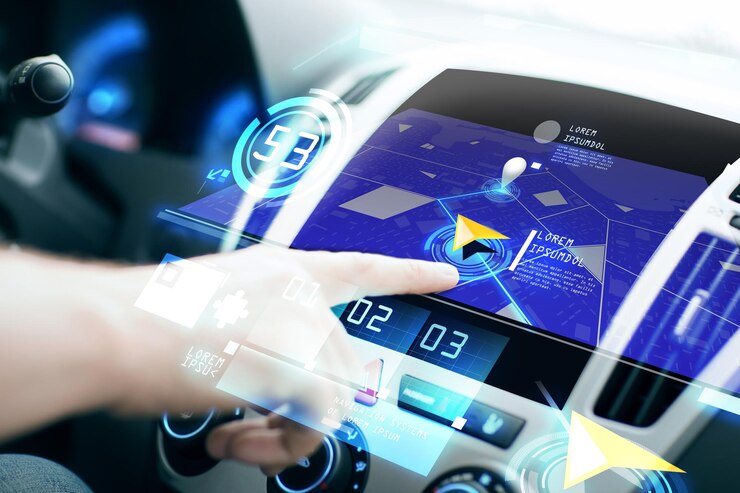Self-Driving Technology : Self-driving technology has become an important topic in automotive industry over recent years, as more automakers invest heavily into creating cars that can drive themselves without human drivers. Tesla, as one of the top electric car makers, has been at the forefront of this revolution; in 2015 it released their Autopilot system on Model S cars that allowed for steering, acceleration and braking automatically on highways; since then this feature has been further refined and is now implemented into its latest model, Model 3; in this article we assess its effectiveness as we assess this feature’s effectiveness against its predecessor, Model S Autopilot system in 2015.
Overview Of The Model 3 Self-Driving Feature

Full Self-Driving (FSD), Tesla’s self-driving feature on Model 3, is currently in its beta stage of development, meaning it hasn’t yet become widely available to the general public. Some Tesla owners were given access to this beta version and have been testing FSD feature on public roads.
The FSD system is powered by eight cameras, 12 ultrasonic sensors and a forward-facing radar that work together to give a comprehensive 360-degree view of your car’s surroundings, which enables real-time decisions about acceleration, braking and steering. Furthermore, artificial intelligence and machine learning algorithms improve this decision making over time.
Assessing The Safety Of The Model 3 Self-Driving Feature

Safety is of utmost importance when it comes to self-driving technology. Recent accidents involving these cars have raised concerns over their safety. Tesla claims its self-driving technology is safe, as it was created with safety in mind to minimise risk.
To determine the safety of Tesla’s Model 3 self-driving feature, we need to examine accident statistics. According to Tesla, accidents involving cars equipped with FSD occur on an estimated average every 9.9 million miles driven – significantly fewer than the national average of 1 per 484,000 miles traveled by all cars – suggesting that this system makes driving safer.
Notably, FSD remains in beta form and has yet to be thoroughly tested under all driving conditions. Thus, as its technology improves further it could increase accident rates over time.
Assessing The Performance Of The Model 3 Self-Driving Feature
Alongside safety, it is also critical to assess the performance of the Model 3 self-driving feature. This involves testing its ability to detect and avoid obstacles, navigate complex road systems, and respond appropriately to changing driving conditions.
Overall, users of the Model 3’s self-driving feature have given it high marks. Many Tesla owners who have access to the beta version of FSD have reported positive experiences using it in many driving conditions such as highways, suburbia streets and city streets. Particularly impressive was its ability to detect and avoid obstacles like other cars, pedestrians and cyclists.
However, recent reports indicate that FSD systems still struggle with complex road systems like roundabouts and intersections, suggesting it may not yet be suitable for fully autonomous driving.
Also Read : The Top 10 Most Beautiful Cars In The World
Conclusion
Overall, the Model 3 self-driving feature represents an exciting advancement in automotive technology. It can make driving safer and more efficient while opening up possibilities for fully autonomous cars in the future. However, it should be remembered that this technology remains in beta stage; we should keep an open mind when considering its performance in real world settings.
